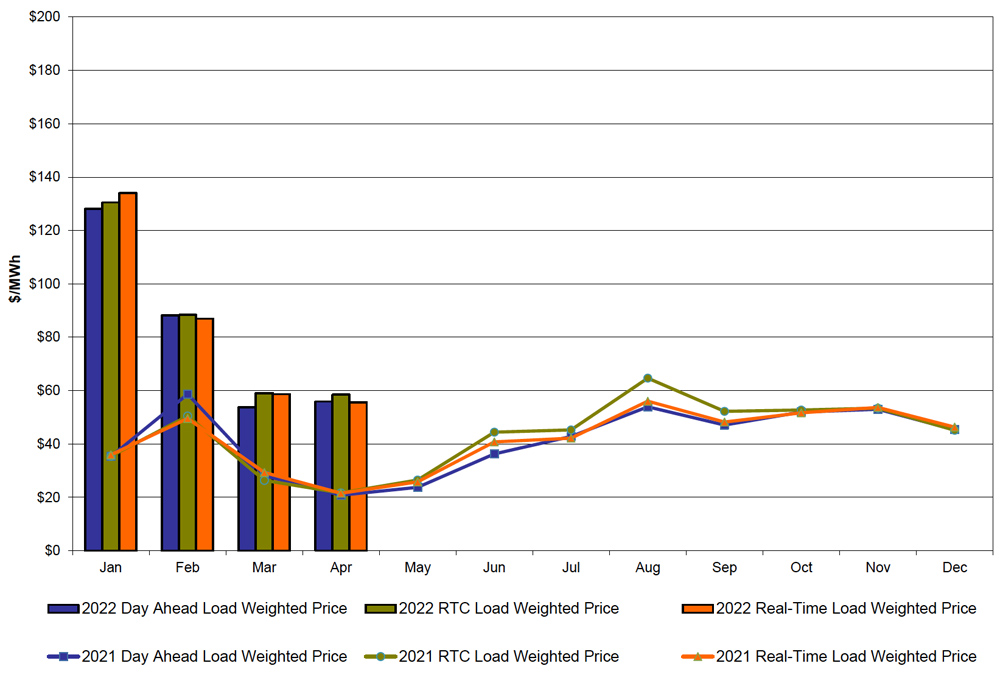
Ancillary Services Manual Updates
The NYISO Business Issues Committee on Thursday approved revisions to the Ancillary Services Manual to increase participation in the ISO’s Demand-Side Ancillary Services Program (DSASP) by allowing resources to establish communications directly with the ISO, rather than through the resource’s transmission owner.
In order to maintain grid reliability, NYISO established a 200-MW limit on DSASP resources in the New York Control Area communicating directly with the ISO; that limit has been met.
The changes allow for the establishment of an alternative communications pathway between a DSASP resource and the applicable TOs under Interim Control Operations (ICO). Absent such alternative communications, during ICO, the TO would be unable to dispatch a DSASP resource that directly communicates with NYISO, but “now that the TO has a communication pathway with the resource, they would be able to ultimately dispatch them if the ICO conditions would ever be enacted,” said Mitchell Braun, associate engineer of distributed resources operations.
Resources participating under such alternative communication procedures with the TO will no longer be included in the 200-MW limit.
Because one or more TOs may not be able to establish appropriate communication infrastructure with DSASP resources by the time the model is deployed, NYISO will seek to align the period for existing DSASP resources to transition with the time it takes to establish the TO communications connection.
The ISO will begin quarterly posting of the magnitude of DSASP resources utilizing direct communications to its website around June 30.
ICAP Manual Updates
The BIC also approved revisions to the Installed Capacity Manual to reflect faster turnaround time for the processing of dependable maximum net capability (DMNC) testing because of software automation.
DMNC is the sustained maximum net output of a generator, as demonstrated by the performance of a test or from actual operation. DMNC values must be determined each season to establish a generator’s capability for the capacity market, and generators cannot offer capacity without a valid DMNC.
Under the current rules, data submitted beyond the applicable 60-day deadline are rejected per the ICAP Manual, so generators without a valid in-period DMNC test are required to conduct an out-of-period test. The out-of-period window opens just two months before the applicable season, and testing out-of-period introduces additional risk, as the windows occur in shoulder seasons and can coincide with maintenance schedules, said Dylan Zhang, manager for ICAP market operations.
New submittal deadlines of Feb. 1 for summer test data and Aug. 1 for winter test data will be reflected in the automated market system event calendar. The new submittal deadlines will apply for winter 2021-2022 in-period DMNC tests.
Mitigation Review Update
Director of Market Design Michael DeSocio led a discussion on the implications of FERC’s May 10 approval of NYISO excluding from its buyer-side market power mitigation (BSM) rules any new capacity resources required to satisfy the state’s environmental mandates. (See FERC OKs NYISO Capacity Market Changes Stemming from NY Climate Law.)
“The very favorable order from FERC provides a huge win for New York and takes away a lot of risk that had been described from stakeholders for a long period of time,” DeSocio said.
Effective May 11, the change automatically eliminates offer floors for wind, solar, storage, hydroelectric, geothermal, fuel cells that do not use fossil fuel, demand response and other qualifying resources under the Climate Leadership and Community Protection Act (ER22-772-001).
“We do have an active class year: There’s currently 13 energy storage projects and three solar projects that are looking to locate in mitigated capacity zones, and they are now excluded from BSM,” DeSocio said.
NYISO will also discontinue evaluations for any new special-case resources (SCRs) within mitigated capacity zones that come into the market and immediately remove all existing offer floors for existing SCRs, he said.
The ISO is reviewing and ultimately will be recommending the technique for calculating capacity accreditation factors, DeSocio said.
April LBMPs Steady but up Year over Year
NYISO locational-based marginal prices averaged $56.46/MWh in April, down from $56.78/MWh the previous month and more than double the $22.79/MWh average in April 2021, driven by higher fuel prices, Rana Mukerji, senior vice president for market structures, said in delivering the monthly operations report.

Day-ahead LBMPs came in higher and real-time load-weighted LBMPs were lower compared to March. Year-to-date monthly energy costs averaged $91.92/MWh, a 117% increase from $42.41/MWh in the same period a year ago.
April’s average sendout was 359 GWh/day, down from 390 GWh/day in March and higher than 354 GWh/day a year earlier. Transco Z6 hub natural gas prices averaged $6.13/MMBtu for the month, up from $4.47/MMBtu in March and up 187.8% year-over-year.

